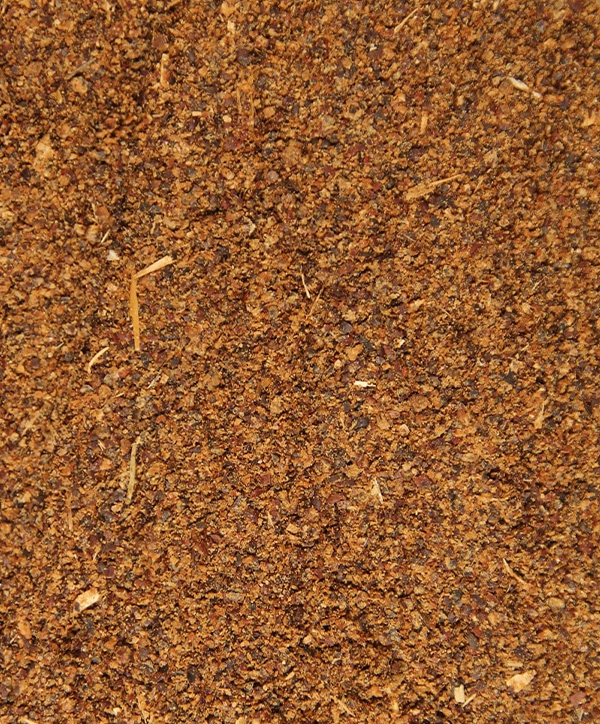Canola Meal
Canola Meal
Canadian canola meal is made from a blend of Brassica napus, Brassica rapa and Brassica juncea seed by pre-press solvent extraction. The majority (> 95%) of the seed produced in Canada, is Brassica napus. Canola meal nutrient composition may be influenced by environmental conditions during the growing of the crop, by harvest conditions, and to a minor extent by cultivar and processing of the seed and meal.
Canola meal is palatable, with an excellent amino acid profile and low levels of glucosinolates. When used in dairy rations, it can increase milk production by one liter of milk, per cow, per day. Canola meal can be used in all stages of production for swine and poultry and is also commonly used in fish feed.
Processors should follow these guidelines:
- Seed moisture content during processing should be 6-10%. Above 10% moisture, glucosinolate hydrolysis will proceed rapidly. Below 6% moisture, the myrosinase enzyme is only slowly inactivated by heat.
- During seed cooking, the temperature must be raised to 80-90°C as rapidly as possible. Myrosinase catalyzed hydrolysis of glucosinolates will proceed with increasing temperature until the enzyme is deactivated so that a slow rate of heating favours glucosinolate hydrolysis.
- The temperature in the desolventizer-toaster should be no more than 100°C. Research shows the commonly used temperature of 107°C causes some protein damage. A maximum temperature of 100°C in the desolventizer-toaster will increase lysine digestibility to levels found in soybean meal.
- Processors should note that traditional toasting causes the meal to become much darker in colour. This is a quality concern for some feed manufacturers, who prefer using light-coloured ingredients due to feed customer preferences.

